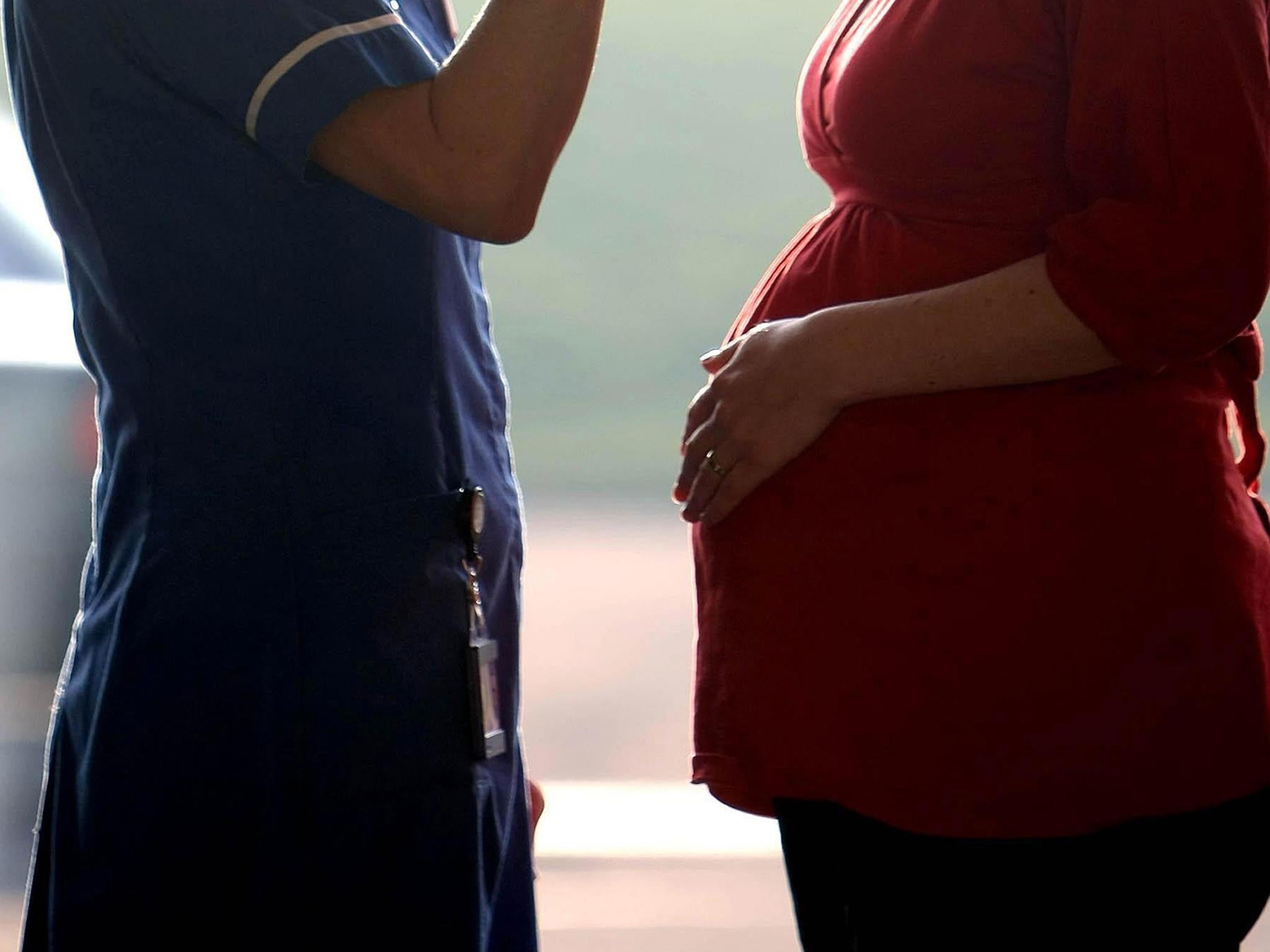Women Should Have The Same Midwife Throughout Pregnancy – Here's Why
 Healthcare in the UK has been a political football for decades. Despite the constant mantra that the NHS is the “envy of the world”, everyone knows there are problems.
Healthcare in the UK has been a political football for decades. Despite the constant mantra that the NHS is the “envy of the world”, everyone knows there are problems.
In my clinical area – maternity care – the Morecambe Bay scandal, where midwifery was found to be seriously sub-standard, and the fact that the UK has persistently high rates of pre-term birth, reveal that all is not well.
Promises to increase spending on the NHS reached new heights with the infamous (and now discredited) £350m slogan on the side of the Leave campaign’s Brexit tour bus. But even if the promised money were to materialise, would things in the NHS necessarily get better? Smarter organisation may not cost more; perhaps the key is to unlock what smarter care consists of, and learn how to replicate it.
Smarter care involves looking past the “hard outcomes” (the rates of death and illness) to consider the relational aspects – that is, the human factors that are key to making any organisation work effectively.
We know from high-level research reviews that certain models of maternity care produce better outcomes. Midwife-led care is key. This includes “caseload midwifery” where a named midwife is responsible for each pregnant woman’s care. In theory, this sense of continuity promotes a trusting relationship, which improves communication – always a significant variable in health outcomes.
However, two problems present themselves. First, the “magic ingredient” – what actually causes the improved outcomes – is not yet proven, although many believe it is the relational, human factor, which consists of more than just good communication.
And while we know these continuity models work well, it’s extending them beyond the research setting that is problematic. Most maternity care struggles to guarantee pregnant women a constant relationship with the same midwife throughout. Defining and measuring this relational human quality is difficult (never mind funding it), but unlocking this quandary may be possible if we can work out how the ingredients that make up good care actually gel in practice.
A framework for good care
The Quality Maternal and Newborn Care Framework is a global analysis that looks in detail at the ingredients of good quality care. The framework emphasises the importance of positive values and holistic, respectful relationships, and is well regarded, informing the World Health Organisation’s revised antenatal care guidelines.
It is also proposed as a way to improve global midwifery education standards, and has been put forward by senior midwifery academics from Europe, Australia and North America as an effective way to evaluate midwifery care. Anticipating this call, and as a first step in developing a toolkit for this purpose, we used the framework as a topic guide in a series of 12 focus groups with pregnant women, new mothers, midwives and obstetricians.
This work is part of the McTempo research programme, Models of Care: The Effects on Maternal and Perinatal Outcomes, hosted at the Mother and Infant Research Unit at the University of Dundee. Our intention is to unpick what works and what doesn’t, when and for whom.
We analysed the focus group discussions, and when we mapped these findings back to the original framework we found a good match. But crucially, we discovered that the fluidity of the care experience does not fit neatly into descriptive boxes. The framework’s separate components of care, which in diagram form appear distinct, frequently overlapped.
Applying women’s experience
Participants told us not just about when they received good care, but also when it was poor. Analysing both good and poor practice and then drilling down to see how these experiences reflect the relevant care model, may allow us to identify some of the key ingredients, which either need to be reinforced, replicating good practice, or addressed, helping to head off potential problems. “Organisational culture” was a recurrent theme that closely reflected the framework component called “organisation of care”.
We were not surprised to find that “relationships” and “information and support” were also strong themes. Less predictably, however, we found that the negative aspects of these three themes produced a fourth: “uncertainty”. Positive reactions to uncertainty often revolved around addressing negative root causes, so women would strengthen their own capabilities or obtain information and support, and staff would seek ways to empower women. However, this feedback mechanism was not failsafe: while practitioners sometimes acted remedially to “explain the system” to pregnant women, the negative aspects also included “anxiety and confusion”, and “muddling through”.
Evaluating care also means assessing those factors that predate the pregnancy, including the woman’s pre-existing capabilities and whatever family or community knowledge and support she can draw upon. Crucially, we found that women who had experience of caseload midwifery were far more positive in their discussions than women who had experienced “standard” care.
While aware of the limitations of a small-scale study – we cannot yet link experiences and perceptions to “hard” outcomes – we are encouraged by this initial work, and are currently testing this approach further in Australia, the Netherlands and Scotland, with another study proposed for Bangladesh. Bringing the human element back into the heart of healthcare is both good in itself and likely to be very cost-effective. It’s a win-win for everyone involved.









